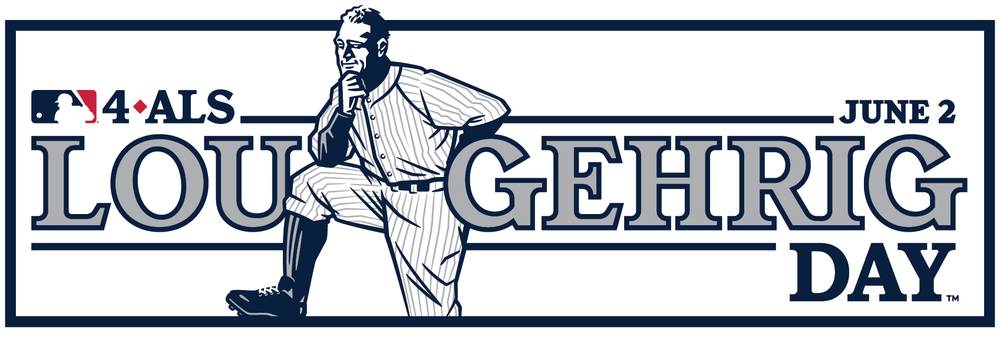A Major League Baseball game’s ceremonial first pitch is a time-honored tradition that marks the start of the game. This year, Google, Team Gleason, and MLB are teaming up for an inclusive first pitch on Lou Gehrig Day. Tonight, before the Chicago Cubs face the St. Louis Cardinals at Wrigley Field, former NFL player and founder of Team Gleason Foundation, Steve Gleason, and his son will start the game using Google technology to raise awareness about ALS.

ALS – also known as amyotrophic lateral sclerosis or Lou Gehrig’s disease – is a progressive neurodegenerative disease that affects muscle function. Steve, who lives with ALS, will use just his eyes and the Android app, Look to Speak, to announce the beginning of the game at iconic Wrigley Field. You can watch the game at 7:05 pm CT. Google and MLB will also post a replay of the start-of-game festivities on their social media channels that night. MLB also will highlight this moment on MLB.com and MLB Network.
“Using just my eyes to communicate with my phone – technology like that from Google can be a miraculous game changer as someone who lives with ALS, ” said Steve. “I trust tonight’s game with the Cubs and Google can raise the bar for assistive technology, and continue the trend of creating innovative tools helpful for people with severe disabilities.”
We launched Look to Speak at the end of 2020 as an Android app designed for and with people with speech conditions and motor impairments. With the app, people can just look left, right or up to quickly select what they want to say from a list of phrases.
Look to Speak is available to everyone and compatible with Android 9.0 and above, including Android One. Download it at g.co/looktospeak and learn more about what we’re doing in the accessibility world at Android.com/accessibility.